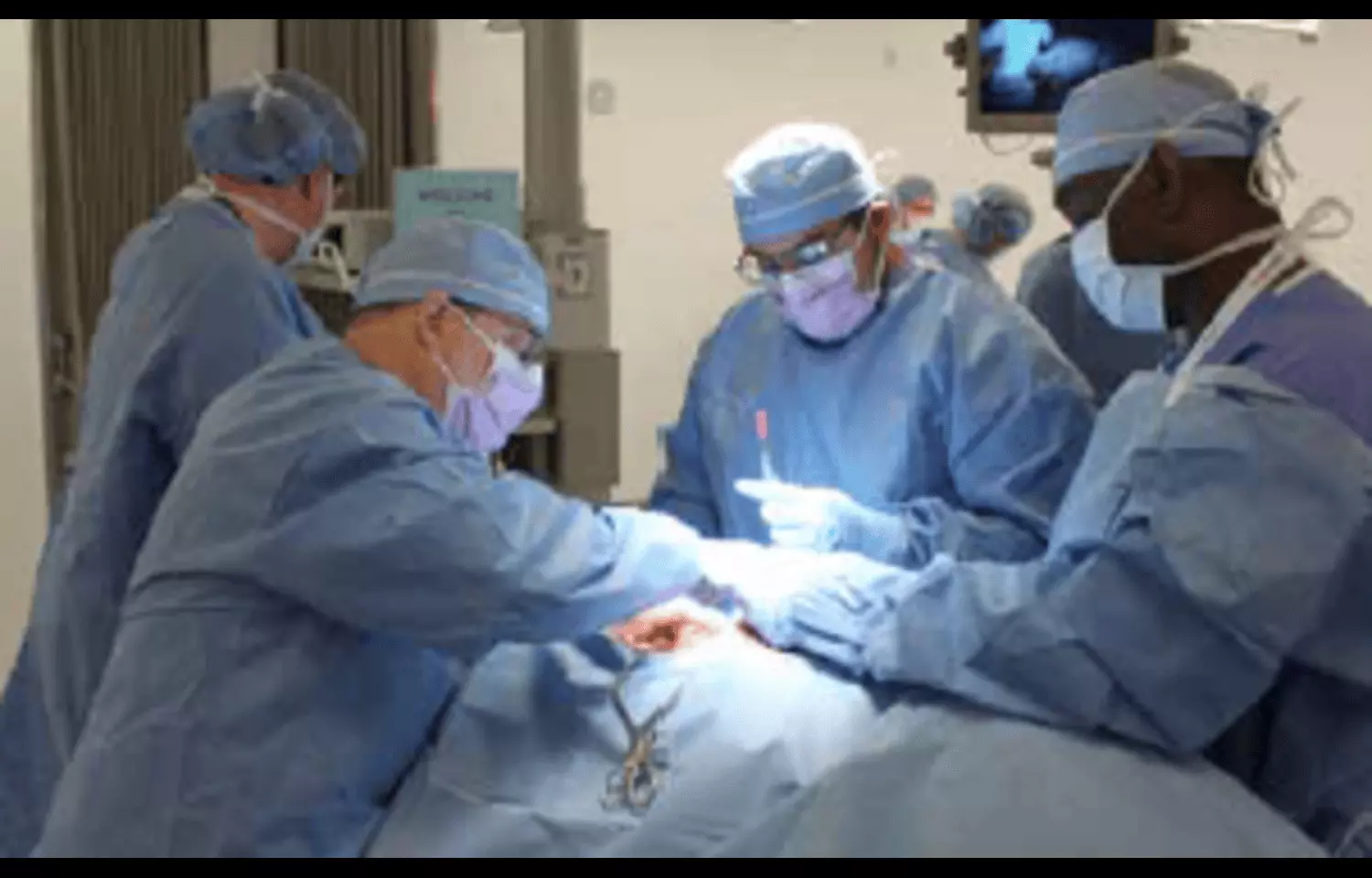Dexmedetomidine fails to reduce opioid use, Pain scores or complications among nonintubated ICU Patients with Rib Fracture: Study
- byDoctor News Daily Team
- 21 September, 2025
- 0 Comments
- 0 Mins

Rib fractures are common injuries in critically ill patients and often result in severe pain, impaired ventilation, and a higher risk of pulmonary complications. Optimal analgesic strategies are essential to ensure effective pain control, minimize opioid use, and reduce secondary complications such as pneumonia or respiratory failure. While dexmedetomidine, a selective α2-adrenergic agonist, has shown opioid-sparing and sedative effects in various ICU populations, its role in nonintubated patients with traumatic rib fractures has remained unclear. A recent study evaluated whether adjunctive dexmedetomidine could improve outcomes in nonintubated ICU patients with rib fractures. The study measured opioid consumption, pain scores, and the incidence of pulmonary complications such as atelectasis, pneumonia, or respiratory failure. Researchers found that the addition of dexmedetomidine did not significantly reduce opioid requirements compared to standard analgesic care. Pain scores remained similar between groups throughout the observation period, indicating that dexmedetomidine provided no measurable analgesic advantage in this setting. Furthermore, the incidence of pulmonary complications did not differ between patients receiving dexmedetomidine and those managed with conventional opioid-based analgesia. These findings suggest that routine use of dexmedetomidine for analgesia in nonintubated ICU patients with rib fractures is not supported by current evidence. While the drug may still have a role in selected patients requiring sedation or with contraindications to opioids, clinicians should not expect it to decrease opioid consumption, improve pain control, or reduce complications as a standard adjunct. The study underscores the importance of targeted, evidence-based analgesic strategies in critically ill trauma patients. Multimodal pain management, including regional anesthesia techniques, NSAIDs, and judicious opioid use, remains the cornerstone of care for rib fracture patients. Additional research may explore whether specific subgroups, such as elderly patients or those with multiple comorbidities, could benefit from dexmedetomidine.
Disclaimer: This website is designed for healthcare professionals and serves solely for informational purposes.
The content provided should not be interpreted as medical advice, diagnosis, treatment recommendations, prescriptions, or endorsements of specific medical practices. It is not a replacement for professional medical consultation or the expertise of a licensed healthcare provider.
Given the ever-evolving nature of medical science, we strive to keep our information accurate and up to date. However, we do not guarantee the completeness or accuracy of the content.
If you come across any inconsistencies, please reach out to us at
admin@doctornewsdaily.com.
We do not support or endorse medical opinions, treatments, or recommendations that contradict the advice of qualified healthcare professionals.
By using this website, you agree to our
Terms of Use,
Privacy Policy, and
Advertisement Policy.
For further details, please review our
Full Disclaimer.
Recent News
NMC approves 2,337 new PG medical seats for NEET P...
- 22 October, 2025
Rajasthan MBBS student airlifted from Kazakhstan a...
- 22 October, 2025
NEET SS 2025 now on December 26th, 27th: NBE
- 22 October, 2025
Medical Bulletin 22/October/2025
- 22 October, 2025
Daily Newsletter
Get all the top stories from Blogs to keep track.


0 Comments
Post a comment
No comments yet. Be the first to comment!